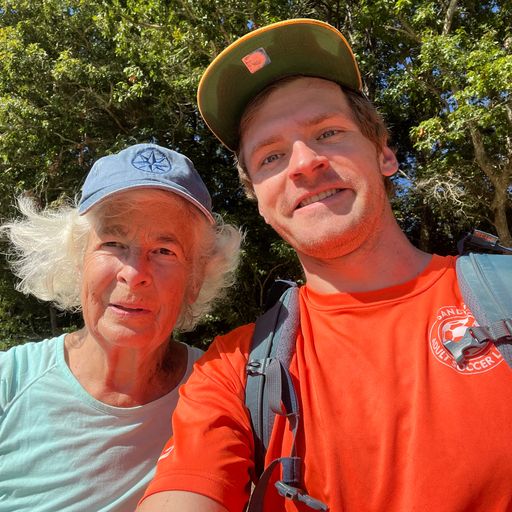Growing Atlantic White Cedars for Wetland Restoration Sites
Living Observatory"s Native Plant Nursery was established in 2011 in collaboration with Tidmarsh Farms. The nursery was established with the goal of providing native plant species including Atlantic white cedar trees (AWC) to wetland restoration projects at a reasonable cost. In 2016, the nursery provided ~30,000 native plants including 7,000+ AWC for the wetland restoration of Tidmarsh East, now the Mass Audubon Tidmarsh Wildlife Sanctuary. More recently, the nursery has supplied 3-4 year old AWC trees to the Foothills Preserve, the Coonamessett River Restoration and the Childs River Restoration projects.
Native stands of AWC (Chamaecyparis thyoides) are a unique ecotype that grow in a narrow coastal belt 80 to 210 km (50 to 130 miles) wide from southern Maine to northern Florida and west to southern Mississippi. Typically found in small dense stands in fresh water swamps and bogs, AWC swamps have become increasingly rare due to over harvesting for commercial uses including construction of cranberry farms, as well as wood for boats and houses, and nitrogen pollution from golf courses and septic systems. Wetland restoration of cranberry farms provides an opportunity to try to jumpstart new stands of AWC. Planting specifications included in design plan for these restorations often include a few hundred to thousands of young AWC trees.
-- Glorianna collects AWC seed in 2011 from trees planted in 2009. Photo credit: A. Hackman



